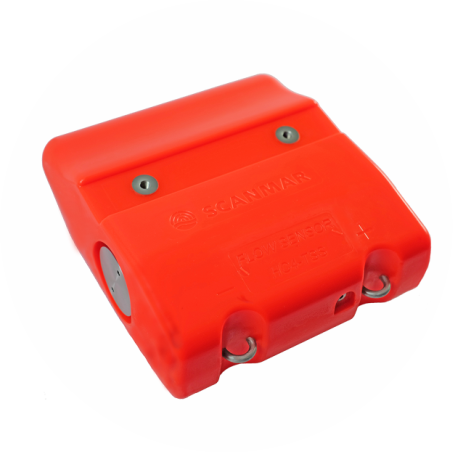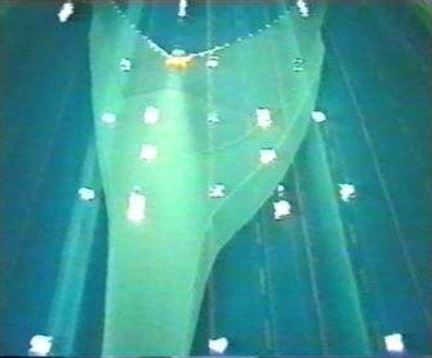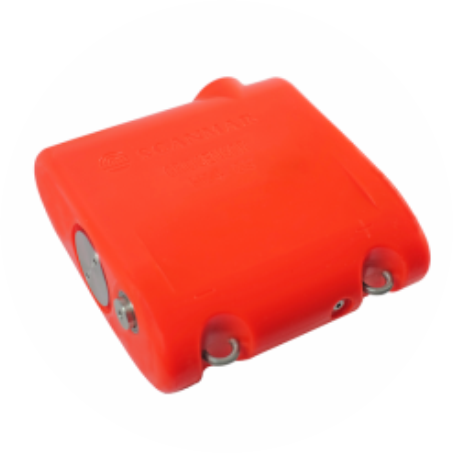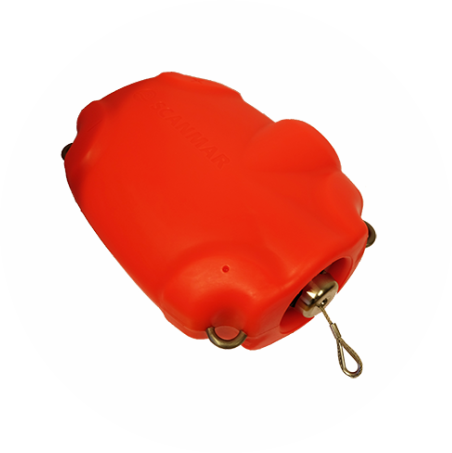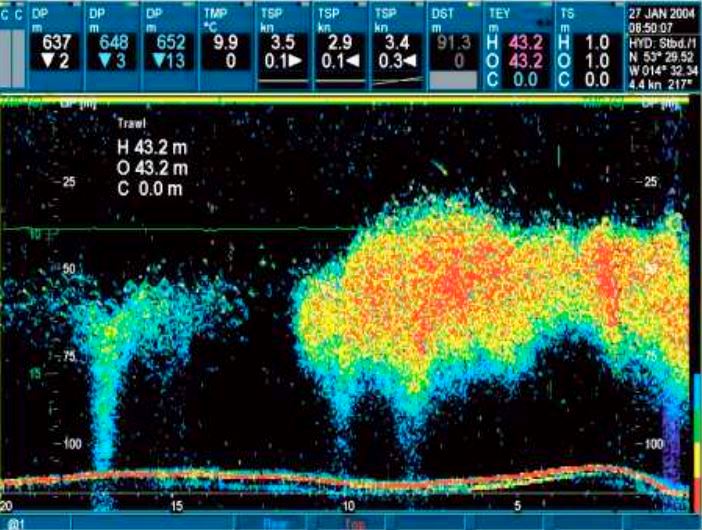Pelagic fishing
In pelagic trawling, a narrow beam Trawl Eye is the most commonly used both in the trawl opening and in the belly. The application areas are more varied in comparison to bottom trawling. Many use the Trawl E ye as a headlin e sensor instead of trawl sonar or for when the trawl sonar is not working because of broken cables or other faults. This allows the fishing to continue. Some skip the trawl sonar in certain types of trawling and only use Trawl Eye.
Pelagic fishing when it is important to be as close to the seabed as possible while avoiding landing on the seabed and snagging, the Trawl E ye’s resolution is vital and trawl sonar does not give sufficient accuracy.
In Iceland we see that skippers use the Trawl E ye on the ground rope when fishing close ly to the seabed. They use low range, which provides further increased precision. Additionally the Trawl E ye is programmed with upward view to see the fish that enters.
The skipper, Gisli Runolfsson, on the trawl Bjarni Olafsson, explains it this way: - When fishing close to the seabed I always use Trawl E ye on the ground rope in order to get as close as possible. I program the Trawl Eye to seeing 15 meters up and 15 meters down. On the cable sonar the grou nd rope is so wide it gives too strong an echo to provide precise information of the distance from the ground rope to the seabed. At the same time the upward view is important in order to see when the herring comes over the ground rope and begins to enter the trawl.



